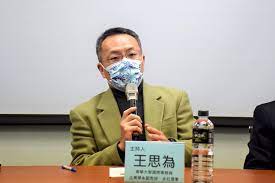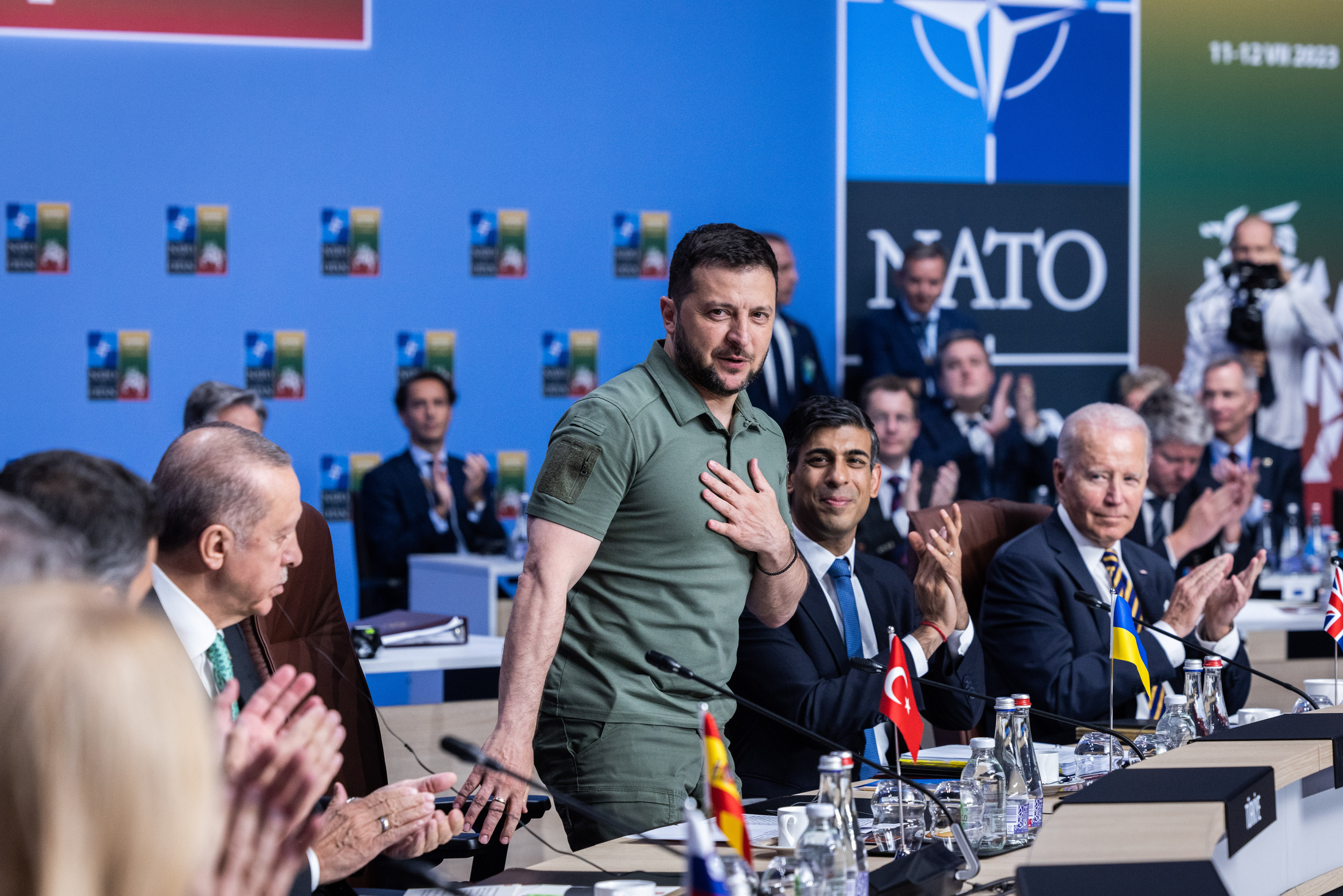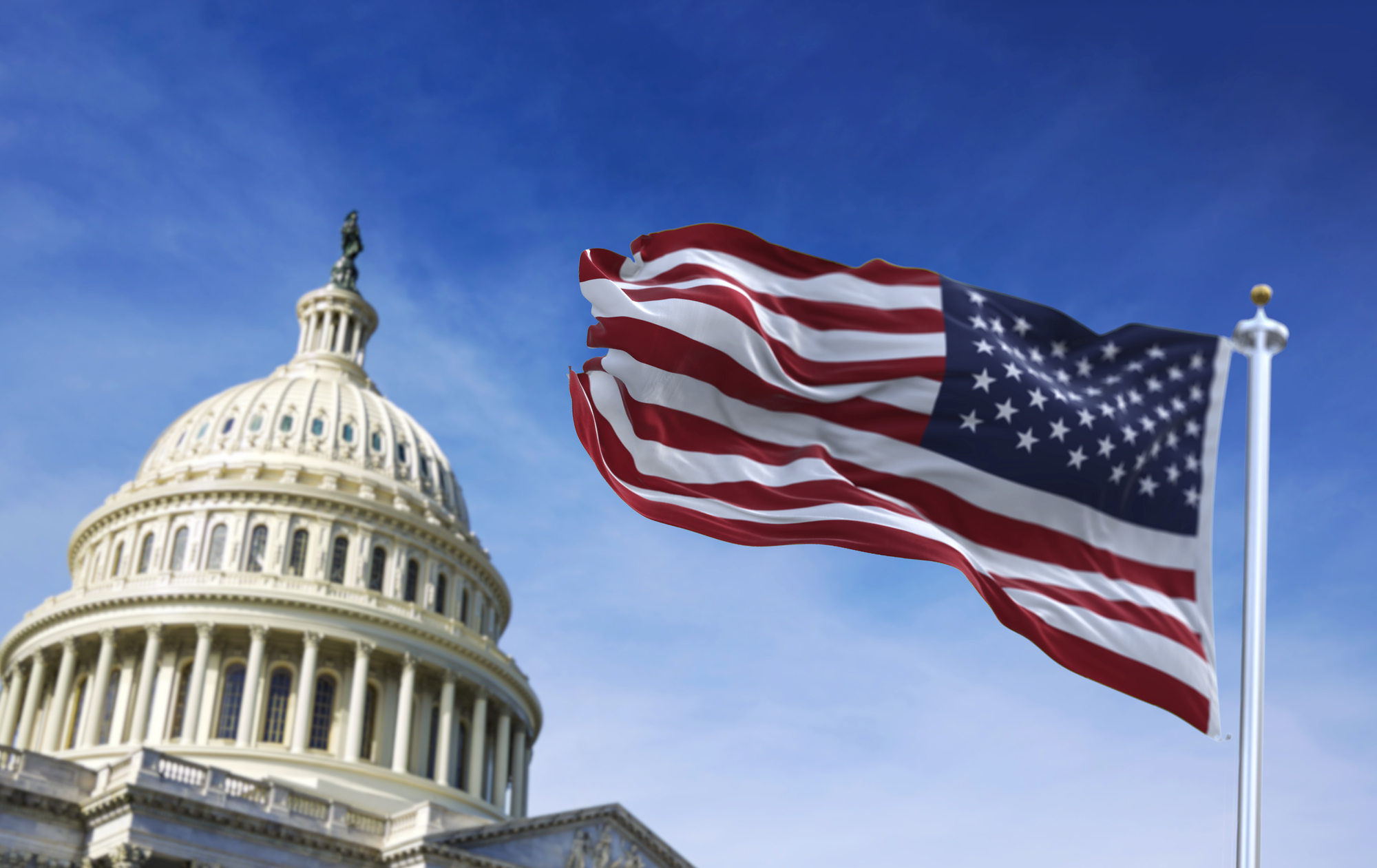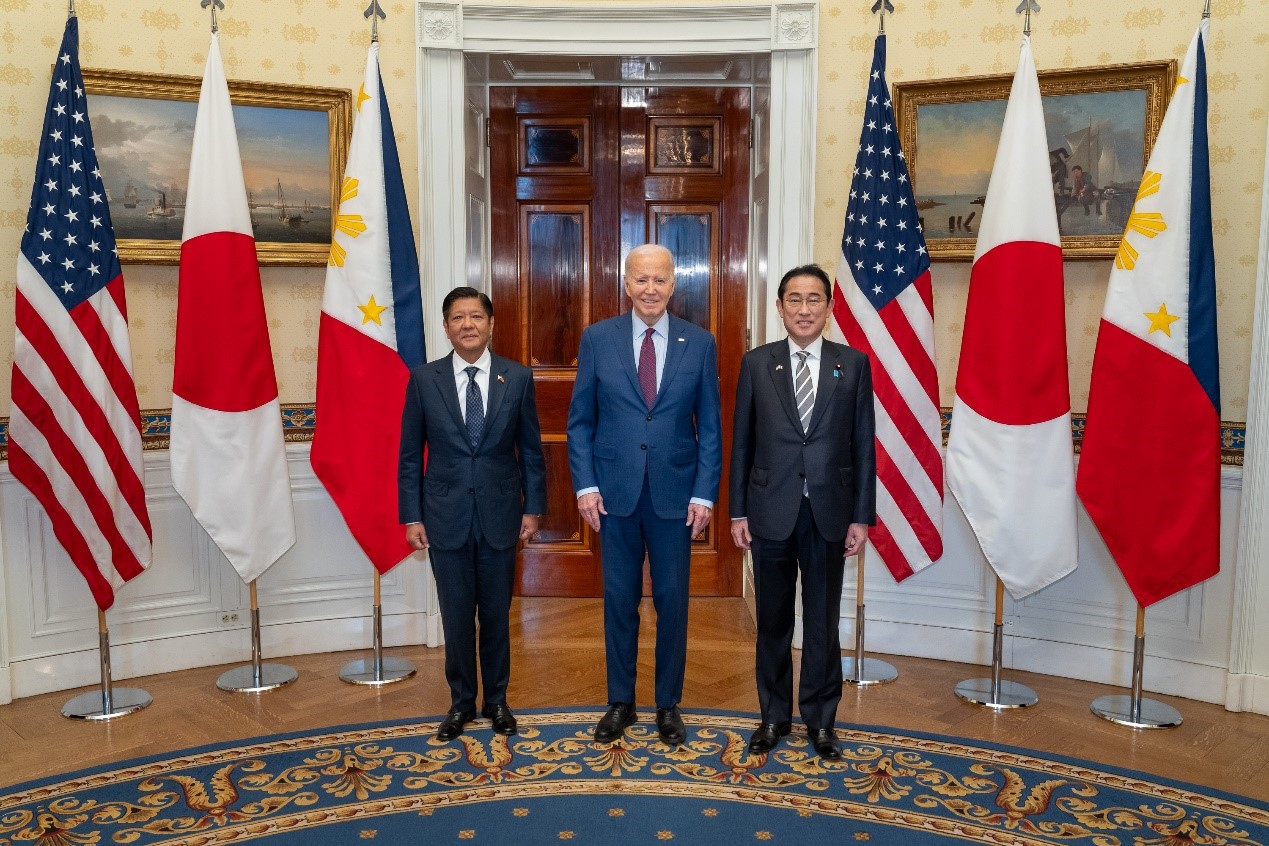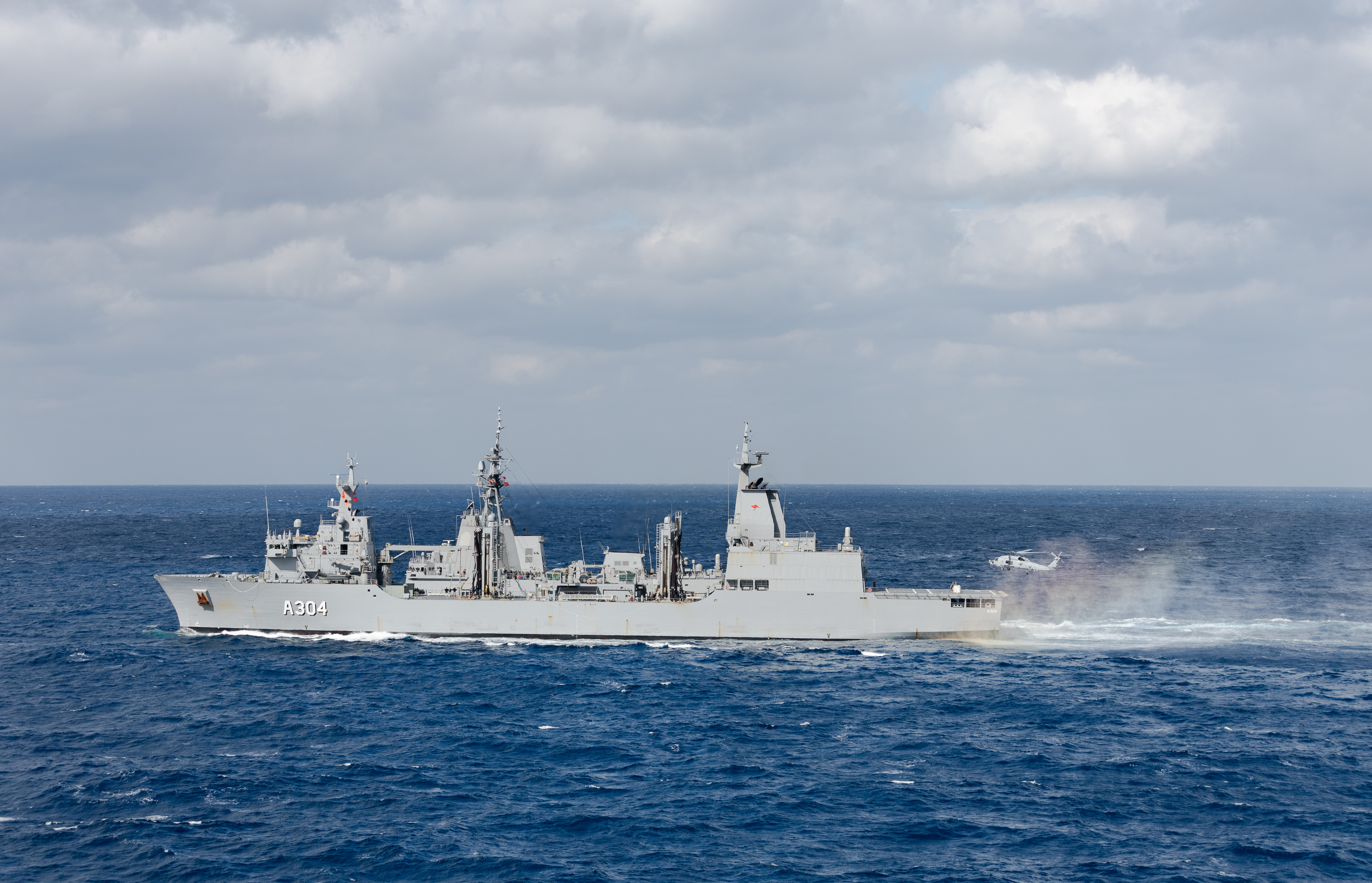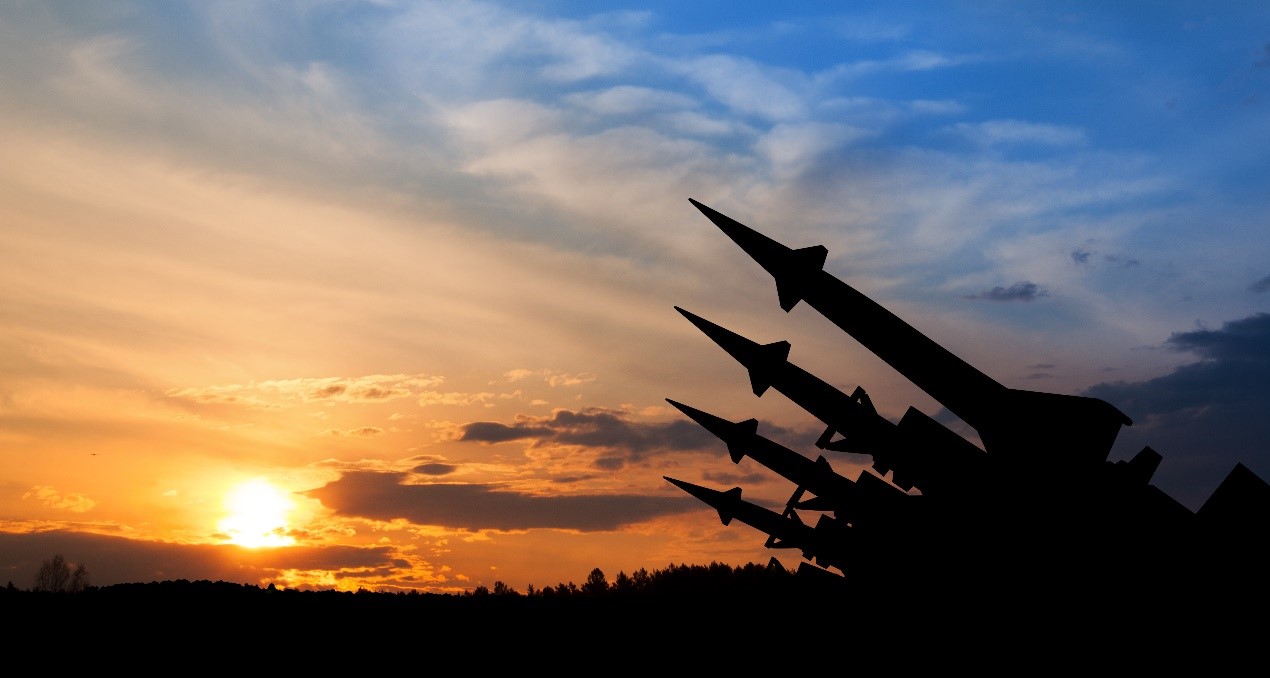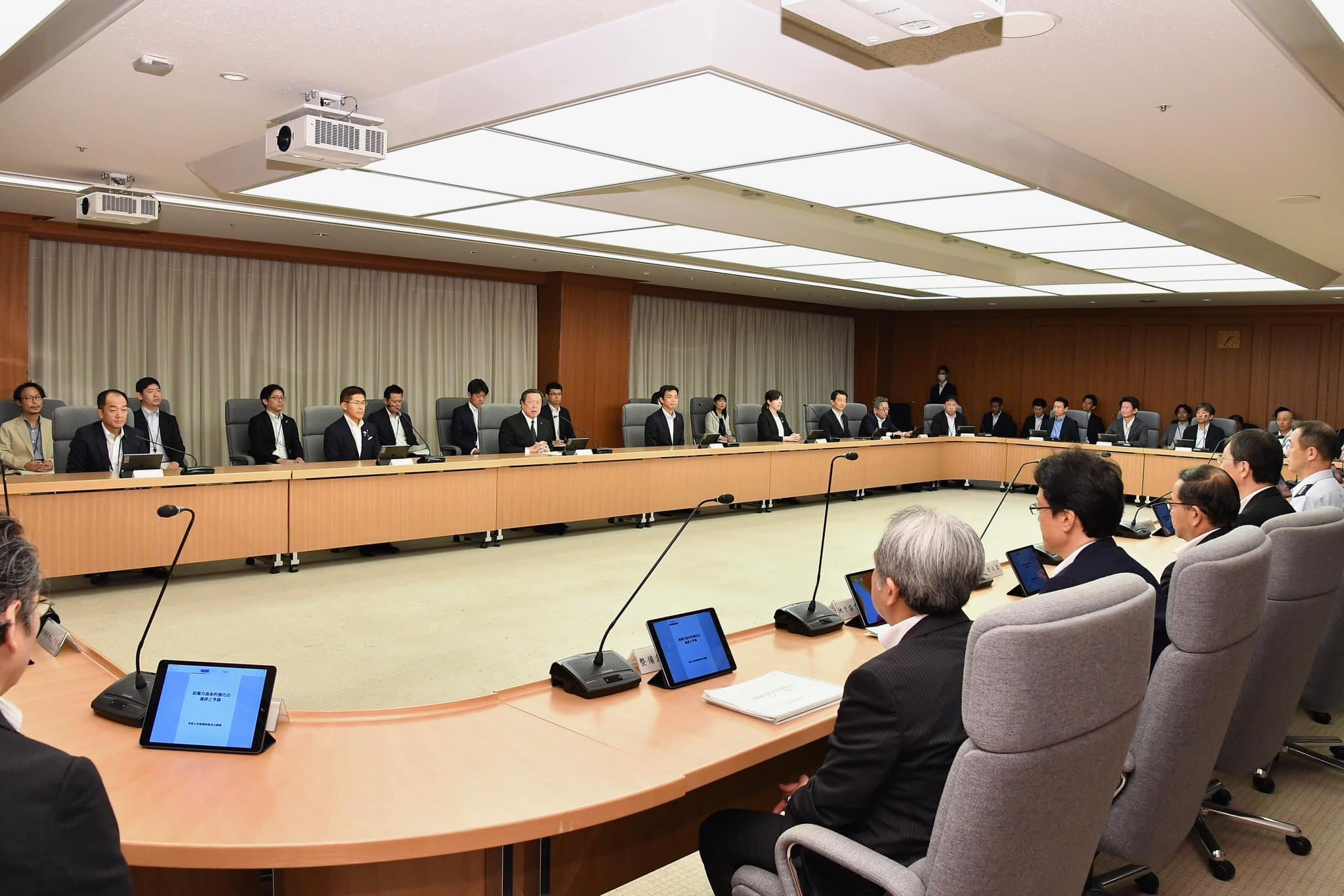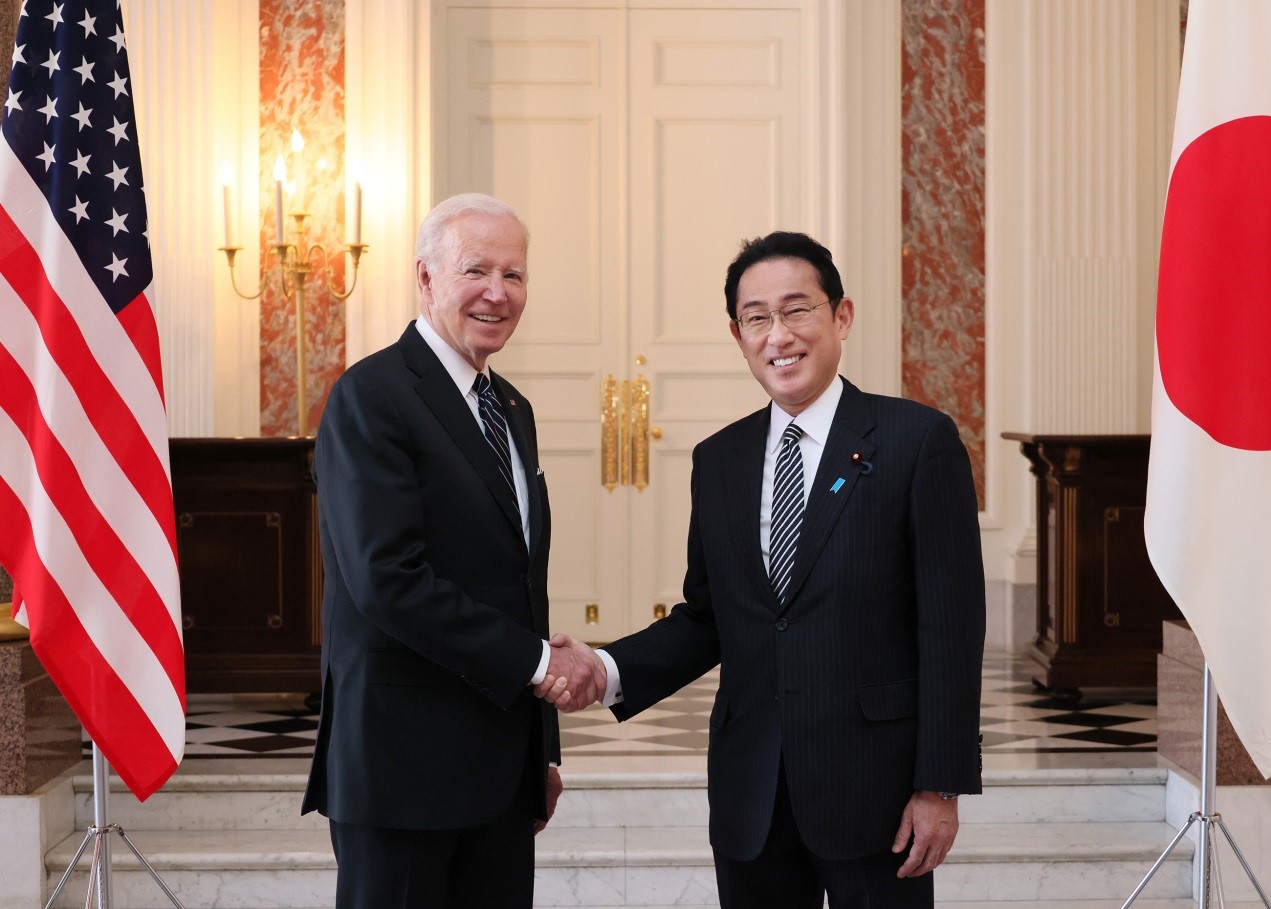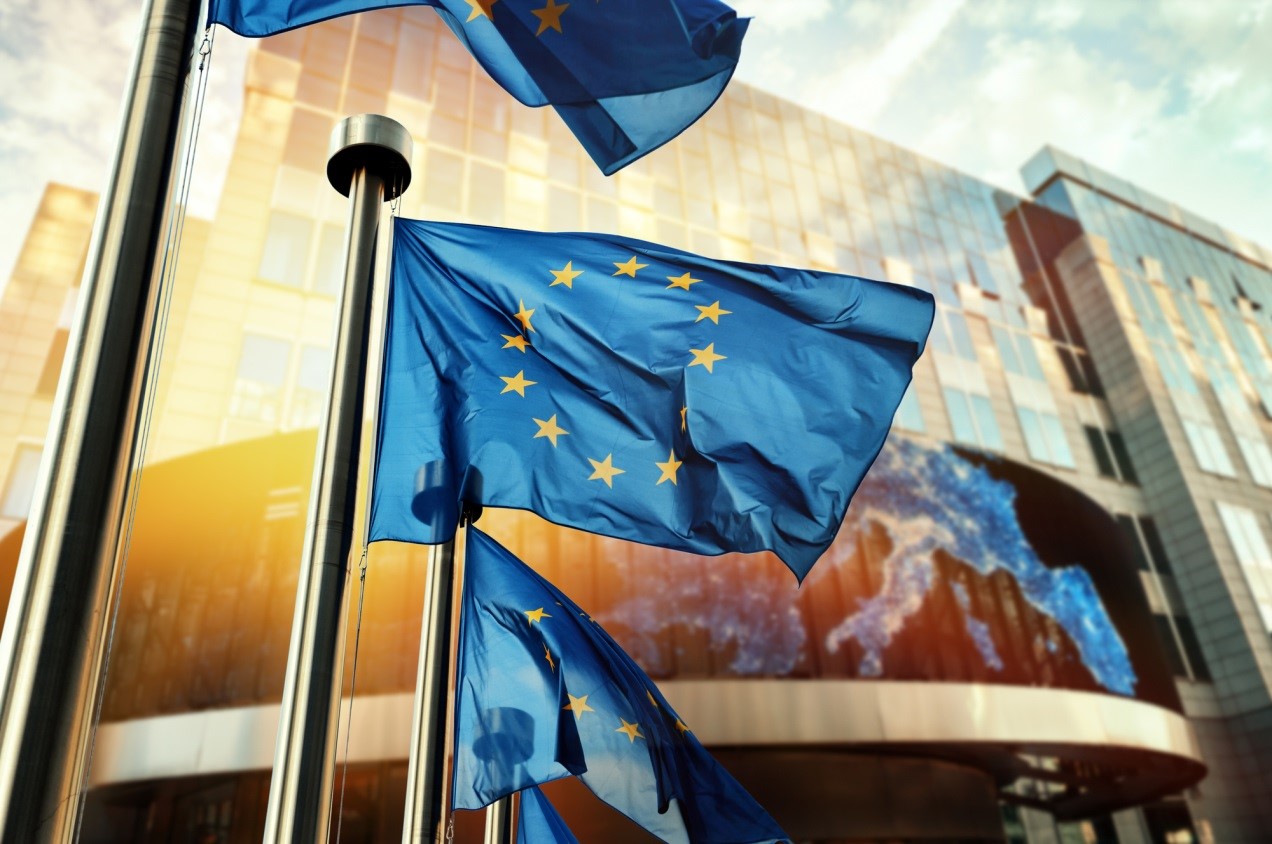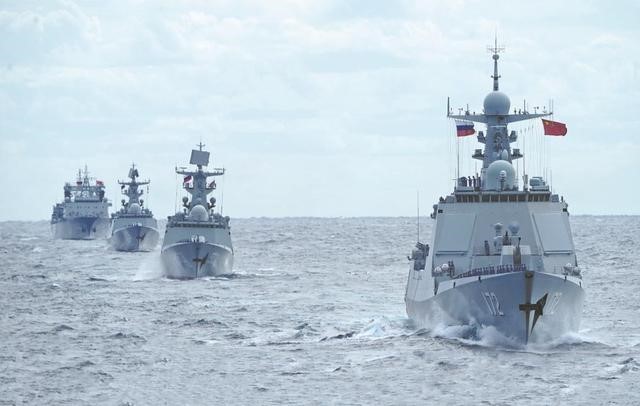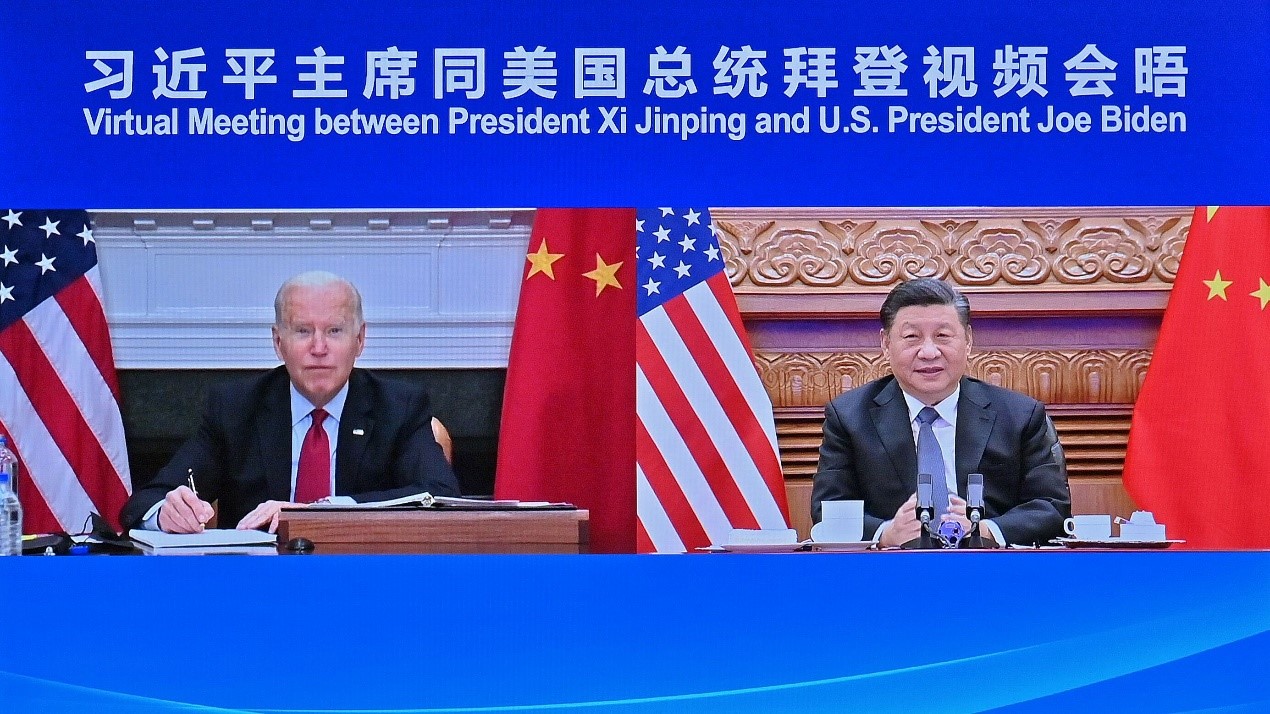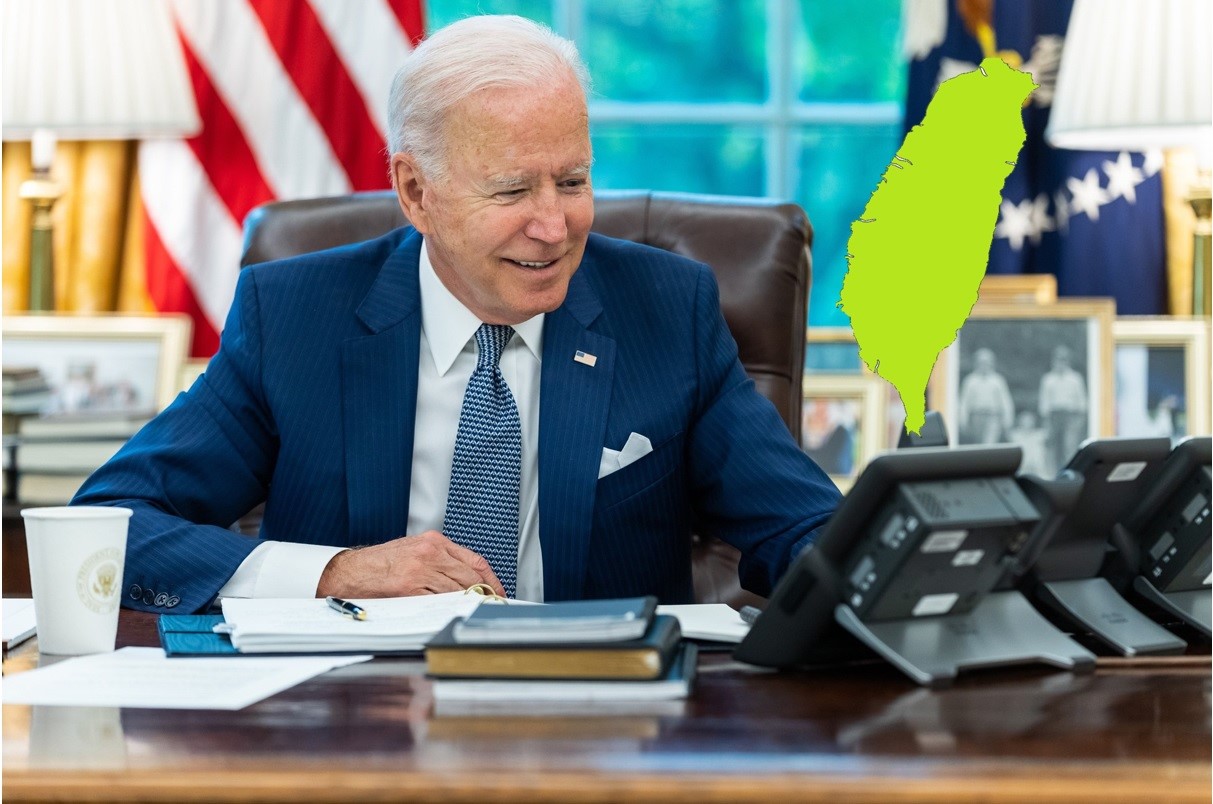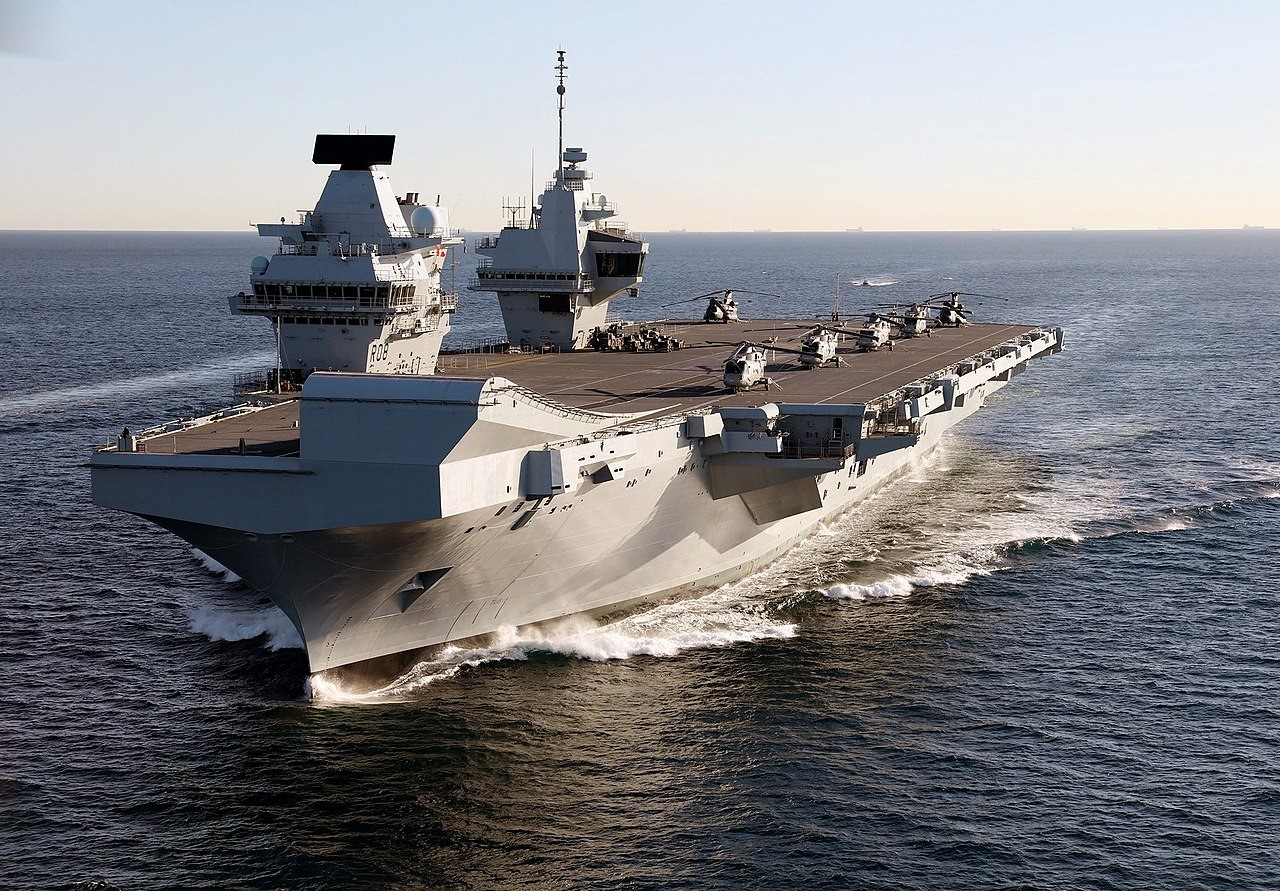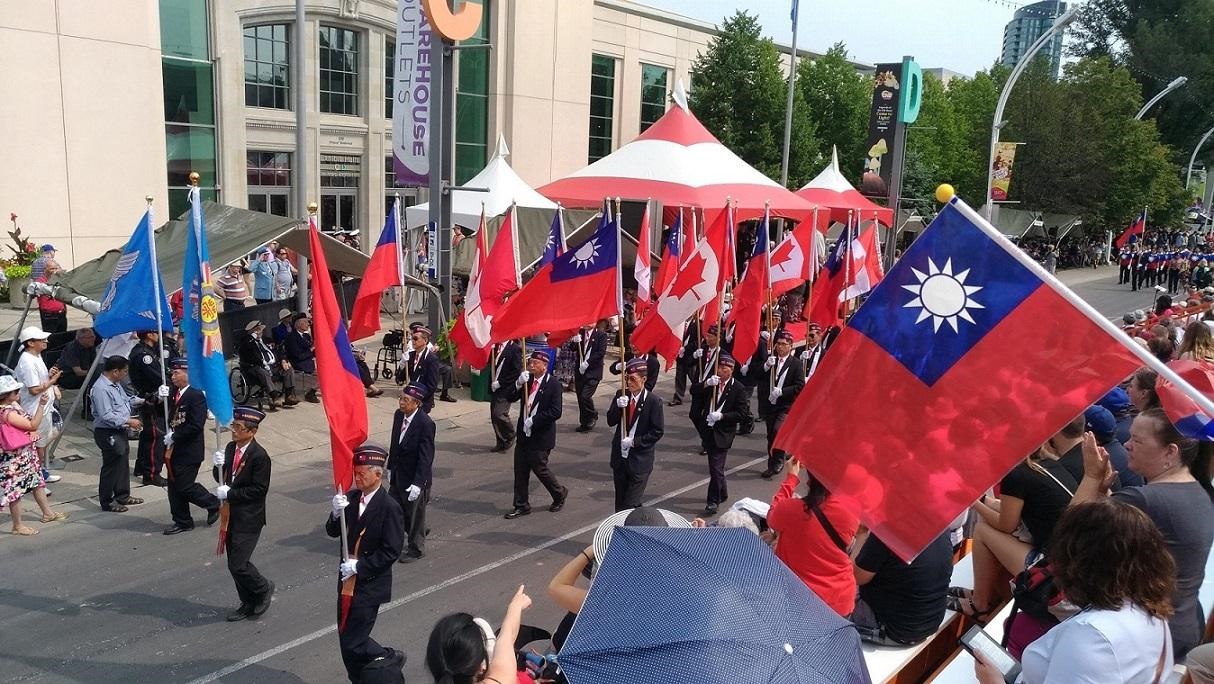The NATO 2023 Summit Could Reshape the International Security Landscape
Followed by the rapid changes in the geopolitical environment, the emergence of a new international security landscape is on the way. Although NATO might remain a regional Alliance, somehow its substantial influence will extend to the Indo-Pacific region.
Picture source: NATO, “Meeting of the NATO-Ukraine Council at the level of Heads of State and Government, with Sweden,” July 12, 2023, NATO, https://www.nato.int/cps/en/natohq/photos_217008.htm
The NATO 2023 Summit Could Reshape the International Security Landscape
By Steve Szu-wei Wang
Ukraine-Russia conflict is NATO summit’s priority
Amid the harsh geopolitical situation created by the Ukraine-Russia conflict, the Heads of State and Government of NATO countries convened in Vilnius, Lithuania, for the alliance’s annual summit on July 11-12.
Due to an abundance of international challenges and security threats, this year’s summit became the epicenter and confluence of significant issues requiring Allied Leaders to take definitive action. These decisions will have an impact for years to come, and will reshape the geopolitical landscape as well as the geo-strategic competition. Ukraine was by default the core issue on the table, and NATO countries came to Vilnius with significant commitments of new military aid to Ukraine. Additionally, the G7 members issued a declaration that assured Ukraine they were committed to sustaining its capacity to defend itself over the longer term — including after the war has ended.
Although Kyiv could not get its timely ticket to join the Alliance as President Zelenskyy’s wish, the NATO-Ukraine Council serves as a platform for security exchanges, and the Allied countries are fully engaged to help Ukraine in a substantial way. For example, France promised to deliver long-range missiles, joining Britain in doing so. Germany promised to send 25 additional tanks. The Netherlands and Denmark agreed to coordinate training of Ukrainian pilots on the F-16 combat aircraft. And the U.S. committed to filling the gap in Ukraine’s artillery inventory by sending hundreds of thousands of cluster munition rounds. All this will strengthen Kyiv’s ability to conduct a successful counter-offensive against Russian forces.
Putin’s setback
Besides the direct support provided by Allied countries to Ukraine to counter Russia, the accession of Finland as the 31st and Sweden the 32nd member of the Organization means that Russia is now surrounded by NATO Allies. This is a consequence of Russia’s invasion of Ukraine, and Putin is from now on to be pushed back very far from his Great Russian empire dream. As a matter of fact, the enlargement of the Alliance will turn the Baltic Sea into a NATO inland lake — in effect bottling up the Russian Baltic fleet in its home ports. And the Arctic will become a NATO-dominated space: except for Russia, every one of the eight Arctic nations will be NATO members. Geo-strategically speaking, Russia seems to be like a beast in the cage. Therefore, the biggest headache for Putin might not be how to end the war with Ukraine, but the shrinking of its strategic buffer zone with its neighboring countries, which could leave Russia in a weaker position strategically in the middle and long term. Facing this kind of embarrassing situation, Putin seems to have only very limited space for maneuvering except for deploying nuclear weapons to reset the game. Whether he will turn to such extremes remains to be seen. This probably explains why NATO reiterated the Alliance’s nuclear capability in its Communiqué.
Vilnius Summit Communiqué Highlights
Besides multiple assistances from the Allied members to Ukraine, a broad range of security issues were discussed during the summit, as we can see from the statements in the Vilnius Summit Communiqué. In it, the Alliance focuses on the traditional geopolitical conflicts and the illegal activities of non-state groups, as well as the novel threats created by new technologies, climate change and food security. The Allied leaders promise to foster their capability of deterrence and defense, crisis prevention and management, and cooperative security. To pay for it all, NATO leaders agreed to make the 2 percent of GDP military spending guideline a floor rather than a ceiling. In effect, NATO will double the amount to its annual defense spending to what Russia spends on defense each year. This demonstrates the determination of the Alliance to secure the international security environment, and to safeguard freedom and democracy.
Furthermore, NATO regards Russia and China as tier 1 security threats in their respective regions. NATO’s classification of Russia and China as violators of international law and threats to democracy will set a basic reference line for all its allied members in forming their upcoming national security strategy towards Russia and China. Meanwhile, bilateral relations between EU and China are multi-faceted; China is regarded as a systemic rival, negotiation partner and economic competitor, a conciliatory approach that is confusing. When it comes to a matter of fundamental threat to EU countries and their abiding values, how could all these roles for China co-exist at the same time? Since NATO members have all endorsed the Summit Communiqué, the EU and their members could be compelled to gradually adjust or modify their strategy vis-à-vis China with a tougher one that is more in line with the Alliance’s position.
The Indo-Pacific is NATO’s interest
The presence of non-NATO members Australia, Japan, New Zealand and South Korea at the NATO summit illustrates how NATO is increasingly linking trans-Atlantic security to developments in the Indo-Pacific. The alliance is preparing to combat the threat posed by China’s military and economic rise. Secretary General Stoltenberg said that “NATO is a regional Alliance, but we face global challenges.” Beijing’s global assertiveness and Moscow’s war against Ukraine require even closer coordination between NATO, the EU and Indo-Pacific partners, who will work even more closely together to uphold the rules-based international order. Exchanges and cooperation between NATO and the Indo-Pacific countries are expected to be normalized, with or without the setup of a liaison office.
Conclusion
The NATO 2023 summit in Vilnius was a success event that clearly outlined the threats and how allied members should contribute to collective security. Followed by the rapid changes in the geopolitical environment, the emergence of a new international security landscape is on the way. Although NATO might remain a regional Alliance, somehow its substantial influence will extend to the Indo-Pacific region.
(Dr. Wang is Vice-Chairman,, European Union Studies Association-Taiwan.)

